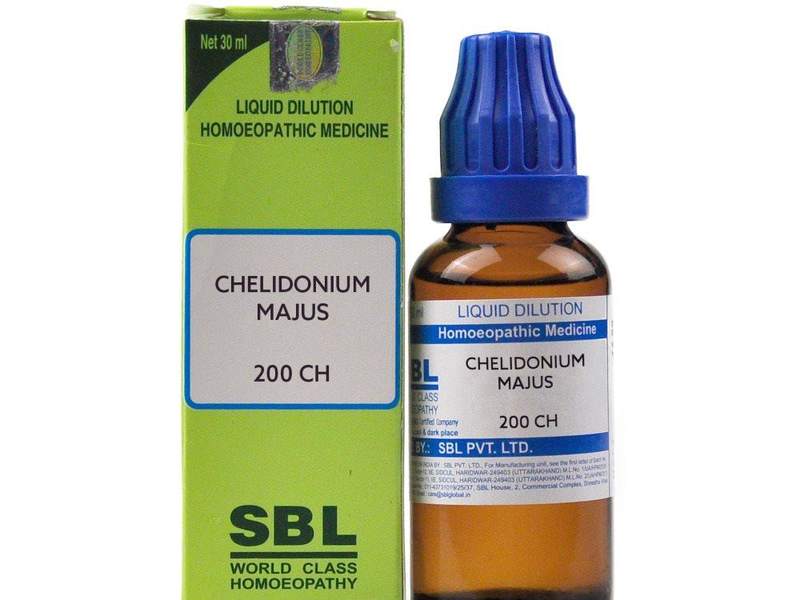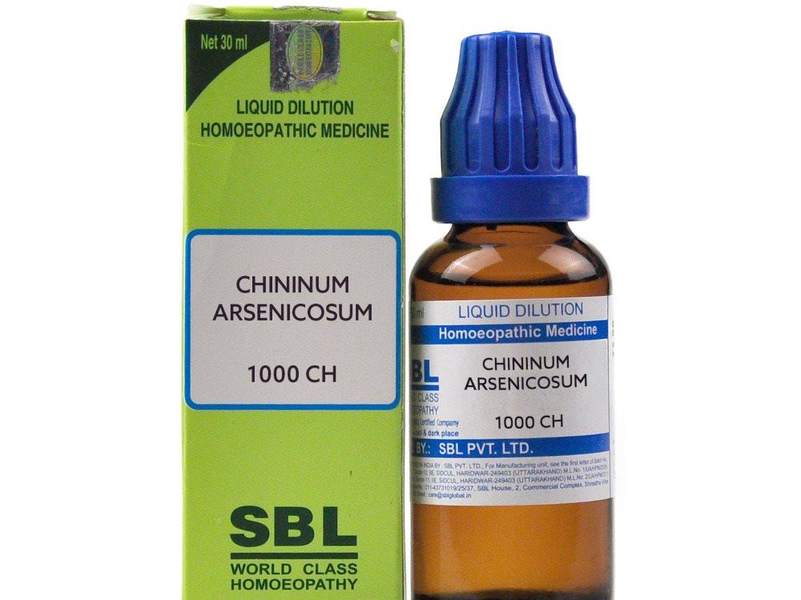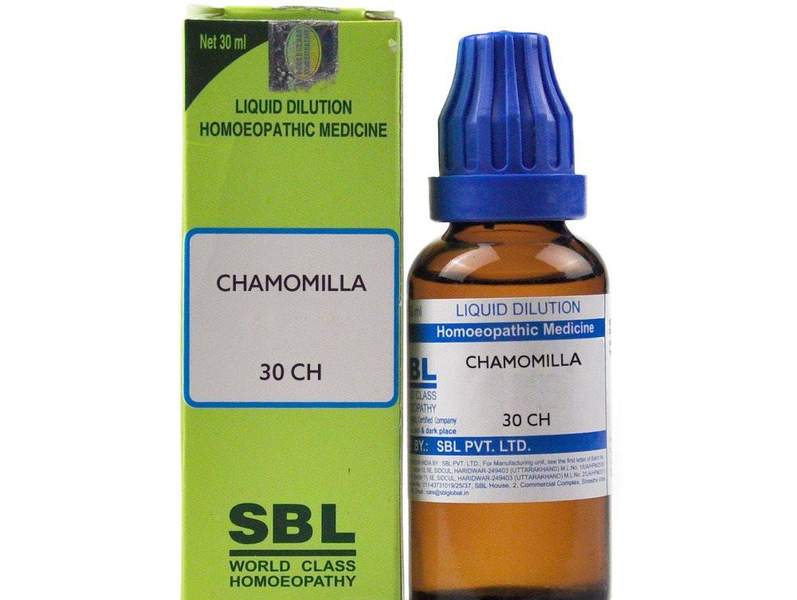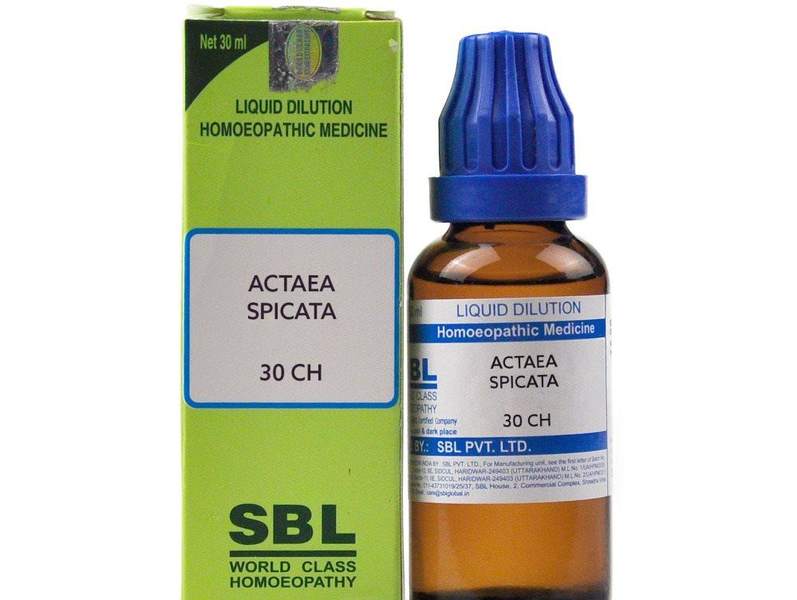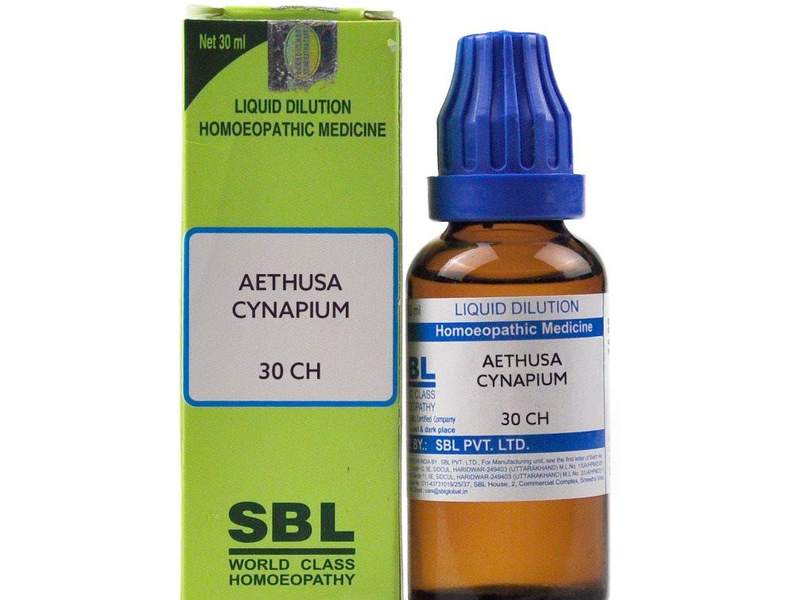Chelidonium Majus 30 Benefits – Chelidonium Majus Materia Medica
₹1,631.00 Original price was: ₹1,631.00.₹1,114.00Current price is: ₹1,114.00.
- Craving for hot or boiling drinks with all complaints
- Constant, sharp, lancinating pains under the lower and inner angle of
the right scapula - Affections of the lower lobe of right lung in pneumonia, with
expectoration flying from the mouth while coughing
Source: vegetable kingdom
Synonyms: Celandine, Chelidonium majus Linn
Family: Papaveraceae
Prover: Dr Hahnemann in 1819
Duration of action: 7 to 14 days
Miasmatic Background: Psora
Temperament: Irritable
Diathesis: Tubercular and rheumatic
Thermal Relationship: Neither hot nor chilly
Introduction and History: It is a prominent right sided liver remedy, generally indicated in acute conditions of the liver. The name has been derived from that of a swallow. The flowers were said to bloom with the coming of the swallow and wither away with the departure of the bird. ‘Majus’ means ‘larger’ which differentiates it from the flowers of Ranunculus ficaria which is also called as Smaller celandine. Due to the presence of alkaloids, it has diuretic properties.
Habit and Habitat: It is indiginous of Europe, North America, Germany and France. It grows in waste lands, in the rocky and the cultivated ground, usually near dwellings. It is a perennial, deciduous plant. The flowers are small, yellow, pedunculated and umbilated in axillary clusters. They bloom from May to October. The root is several headed, reddish-brown in colour. The fruit is a two valved, linear capsule containing numerous seeds.
Preparation and Parts Used: The entire fresh plant including the roots is used in the preparation of the mother tincture. Higher dilutions and potencies are prepared from the mother tincture.
Constitution and Physiognomy: It is best suited to people of light complexion, who are thin, irritable, blonde and spare; are subjected to hepatic, gastric and abdominal complaints of both sexes and at any age.
Ailments From: Due to change of weather, after dinner.
Seat of Action (Pharmacodynamics): Right side, liver, mucous membranes, lungs, gall bladder, bile duct, stomach, skin, kidney, spleen, etc.
Active Principles (Chemical Constituents): The plant contains chelidoxanthine, a bitter principle. Also, root-chelidenin, leaves chelerythrin, cheldonic acid, malic acid and citric acid are present.
Doctrine of Signature: This medicine shows doctrine of signature in the disease jaundice that is, the yellow colouration of its juice corresponds to the yellowishness of the skin, conjunctiva, urine, nails, etc.
Physio-pathological Changes (Pathology)
- It acts prominently on the right side of the body.
- The main action is on the liver producing inflammation, congestion and
sometimes degeneration. - Due to the inflammation, there is enlargement of organs like kidneys and those of the digestive tract.
- It acts upon mucous membranes of bronchi producing catarrhal inflammation. Acts especially on the right lung. It also produces pneumonia with jaundice.
- Due to the inflammation, congestion, enlargement and hepatization of organs like lungs and liver occurs. It results in shrinkage and cirrhosis.
Characteristic Mental Symptoms (Psychology)
- Low spirited, despondent, with an inclination to weep.
- Aversion to mental exertion and conversation.
- Great absence of mind, forgets everything.
- Fear of becoming crazy.
- Irritability, ill-humour, despondent mood.
- Anxiety, as if she has committed a crime.
- Vertigo with confusion of the head.
Characteristic Physical Guiding Symptoms
Yellowishness: Yellow-gray or dirty yellow colour of skin, face, nose and cheeks. The tongue is coated thickly yellow with red edges.
Coldness: Tips of fingers cold. Icy cold neck and occiput, cold feet, Icy
coldness of right foot. Sensation of coldness in the stomach
Right-sidedness: It is prominently a right sided remedy. It affects the right side of the body. For example, right lung, right eye, right hypochondrium, right abdomen, right leg, etc.
Pain: Constant pain under the inferior angle of right scapula due to affection of the liver or gall stone. Pain from neuralgia, rheumatism, etc.
Numbness: Numbness of muscles in region of liver and whole of the right side.
Dyspnoes: Difficult breathing with oppression and sensation of constriction in the chest; short, quick breathing. Fan-like motion of alae nasi in pneumonia.
Desire: Desire for milk, especially for very hot drinks, as good as boiling, but it can not be tolerated by the stomach.
Liver complications: Liver enlarged, pain in hepatic region better from eating. Nausea, vomiting better from drinking very hot water. Tenderness over liver region to touch.
Diarrhoea: Chronic diarrhoea with liver troubles at night. Stools are slimy, light gray, brown or white, watery, pasty and involuntary. Alternating diarrhoea and constipation.
Constipation: Stool, hard, like round balls or like sheep’s dung; alternate constipation and diarrhoea.
Ulcers: Old, putrid, spreading ulcers with a history of liver disease, or of a tubercular diathesis.
Tongue: Tongue is coated thick yellow, with red edges, showing imprint of teeth.
Sluggishness: Patient is mentally sluggish; incapacity for mental work, also physically sluggish, indolent, with an indisposition to work, sluggish liver, weak circulation and weak heart.
Cough: Spasmodic cough, small lumps of mucous come from the mouth when coughing.
Hepatic diseases: Jaundice with pain in the right shoulder. Pain under the right shoulder blade due to gall stone. Pneumonia of right lung with liver complications.
Important Characteristic Features
Jaundice or hepatitis (liver affections): It is a very good medicine for hepatic diseases. Liver is sluggish, there is soreness and stitching pains in the liver region. This pain is under the angle of the right shoulder blade, which may extend on the chest, stomach or hypochondrium. Yellow-gray colour of the whole skin. Sluggishness of the liver with great fermentation and accumulation of gas in the abdomen. Taste in mouth is bitter with nausea and vomiting. It is a very useful remedy to promote expulsion of gall stones and to prevent their formation.
The tongue is large and flabby with a yellowish coating showing imprint of teeth. There is a great desire for milk, especially for very hot milk and drinks. Great craving for acids and sour things, such as pickles and vinegar. The stools are profuse, bright yellow, maybe of clay coloured. Swelling of the liver with chilliness; fever during jaundice. Diarrhoea alternates with constipation. All symptoms are aggravated from touch and motion, but are better by pressure.
Catarrhal affections: Frequently useful in catarrhal affections of the respiratory tract, especially in what is known as bilious pneumonia, when affecting the right lung and complicated with liver symptoms. Sometimes in coughs which are persistent with much pain through the right side of chest radiating into the shoulder.
General Modalities
Aggravation: Touch, motion, change of weather, right side, 4 am and 4 pm, heat, hot application, warm room, very early in the morning.
Amelioration: From rest, from pressure, after eating hot food, bending backward.
Remedy Relationships
Complementary: Bry, Lyc, Sulph.
Follows well: Ars, Ip, Led, Lyc, Nux-v, Sep, Sulph.
Antidotes: Acon, Cham, Coff, bad effects of coffee and wine.
Antidotal to: Bry.
Comparison
Chalky stools: Dig, Chel, Podo.
Stitches in lower lobe of right lung extending to back: Chel, Merc, Kali-c.
Potency: 3x, 6x, 12x, 30, 200, 1000.
Chelidonium Majus Dosage
- Pierce recommends third potency.
- Boericke recommends tincture and lower attenuations.
Repetition: Bears repetition very well.
Therapeutic Value: Chest affections, Constipation, Cough, Diarrhoea, Dyspepsia, Gall stone, Gonorrhoea, Haemoptysis, Headache, Hepatitis, Intermittent fever, Jaundice, Kidney affections, Liver affections, Nausea, Opacity in cornea, Orbital neuralgia, Rheumatism, Tuberculosis, Vomiting, Whooping cough, etc.
Related products
Homeopathic Medicine
Asafoetida Homeopathy Benefits, Uses – Asafoetida 30 Homeopathy Medicine
Homeopathic Medicine
Homeopathic Medicine
Antimonium Crudum ( Antim Crud ) – Antimonium Crudum Materia Medica
Homeopathic Medicine
Homeopathic Medicine
Homeopathic Medicine
Anacardium Orientale Homeopathic – Anacardium Orientale Benefits
Homeopathic Medicine
Homeopathic Medicine

